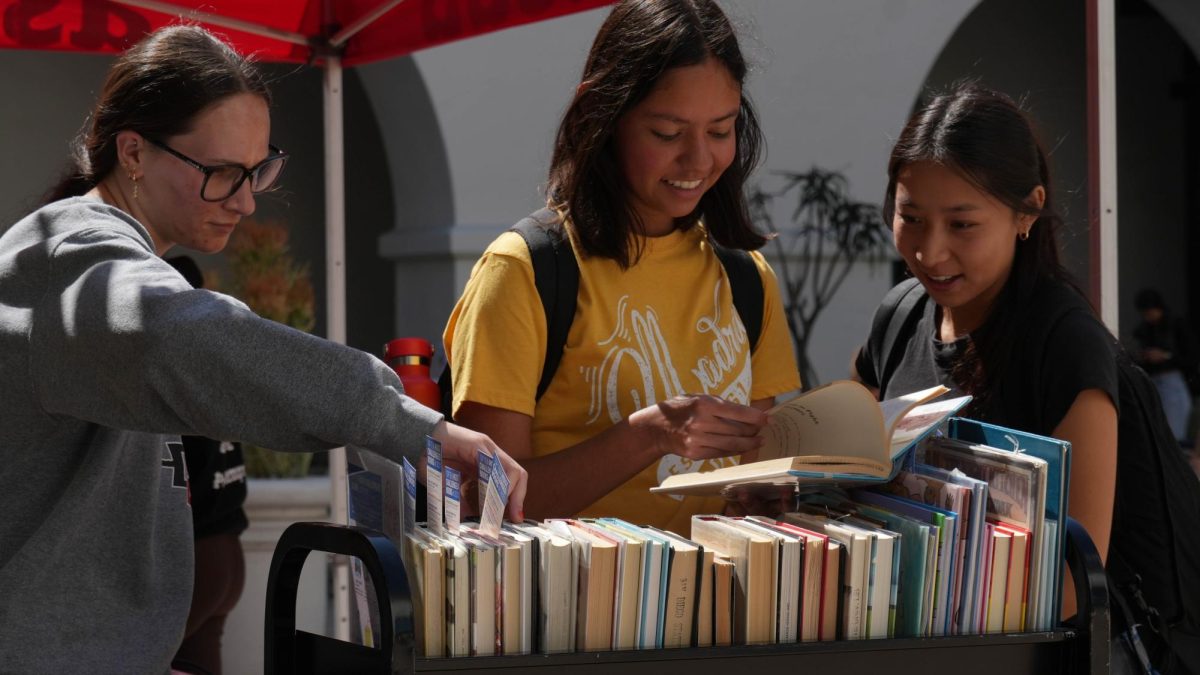As discussed in The Daily Aztec’s previous budget explainer, state allocations are a key source of funding for California State University.
In 2013-14, California received almost $145.3 billion in revenue, mostly from personal income and sales taxes, as well as taxes on liquor, tobacco, corporations and more, and almost $7 billion in bonds.
That money is split up among the many state obligations—the largest is health and human services, which was allotted almost $46 billion, followed by K-12 education, which received nearly $40 billion.
Next is higher education, with a total allocation of about $11.4 billion. Out of that, the CSU system received more than $2.3 billion, or 1.6 percent of the total budget. The CSU Board of Trustees distributes those funds based on its own policy.
Starting in the 2013-14 fiscal year, Gov. Jerry Brown introduced a four-year plan for higher education funding based on four key points: annual state funding increases, tuition freezes, more freedom in capital project funding, and funding that isn’t tied to specific goals (such as enrollment numbers).
According to the Legislative Analyst’s Office, Brown plans to continue this plan with his proposed 2014-15 budget.
The governor’s proposed budget has been criticized by the LAO for focusing on keeping tuition flat rather than accomplishing statewide goals such as “student access and success.” It also suggested ending the freeze on tuition increases and raising an additional $84 million for the CSU system from tuition and $125 million from the state.
As it stands, however, Brown’s proposed budget would increase state funding of higher education by 10 percent. At a new total of $13 billion, if public education in California was its own state, it would have the 34th largest state budget. That increase would represent a 3 percent increase in per-student funding in the CSU system. Brown’s plan calls for additional 4 percent increases in 2015-16 and 2016-17.
While Brown’s 2014-15 budget is still far from a reality, he seemed poised to continue his commitment to flat tuitions and increased state funding for higher education.
California State Assemblywoman Shirley Weber said though Brown is pushing for a flat fee rate, it is unlikely he will take direct action toward colleges, such as SDSU, that add many of their own fees on top of the set CSU rate.
“It doesn’t make sense to punish schools that find their own way,” Weber said.
Tuition fees are set at a flat rate for all CSU schools. All school-specific fee increases must be approved by the CSU chancellor before taking effect, CSU Public Affairs Assistant Liz Chapin said.
“The state funding is distributed to each campus based on student enrollment,” Chapin said. “Outside of that schools may find other ways to supplement their income.”
The current flat rate for the CSU is $2,736 a semester or $5,472 a year for 6 units or more. These fees will stay stable for the next four years because of Prop 30, Chapin said.
On top of the flat rate all CSU students pay, Aztecs pay $647 in additional mandatory fees, which is composed of the following: a $35 Student Body Association Fee; a $237 Student Union Fee; a $25 Health Facilities Fee; a $175 Instructionally Related Activities Fee; a $150 Health Services Fee and a $25Library Use Fee.
These are all known as Category II fees. This type of fee generally requires some measure of student approval through a student referendum or alternative consultation method in order for the CSU chancellor to approve the fee.
These processes are mainly carried out by the SDSU Campus Fee Advisory Committee, which then advises SDSU President Elliot Hirshman on future fee increases.
The forum process being used to discuss the proposed Student Success Fee is an example of alternative consultation.
“We chose alternative consultation because we think it will more accurately reflect the opinion of the student body,” CFAC member Kathy LaMaster said.
Now that the forums for the Student Success Fee are complete CFAC will make a decision on Friday to either push for a new fee or revise its current proposal. Once the decision is made it will then be discussed with Hirshman.
If they push for a fee he will then have to petition the CSU chancellor for any further fee change.







